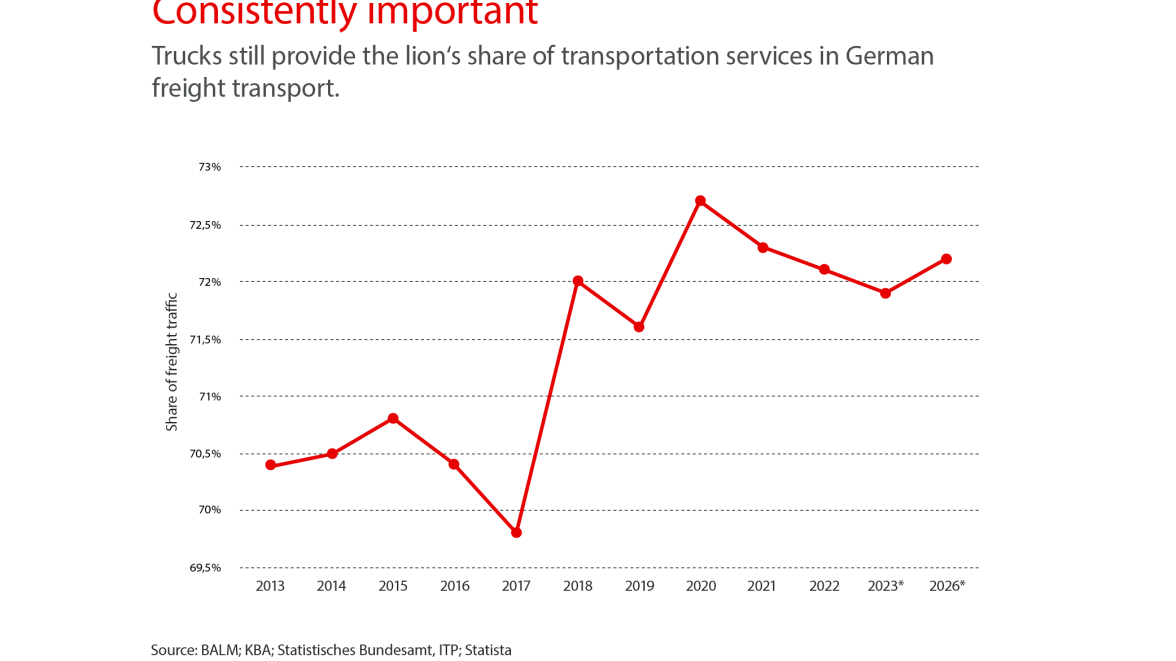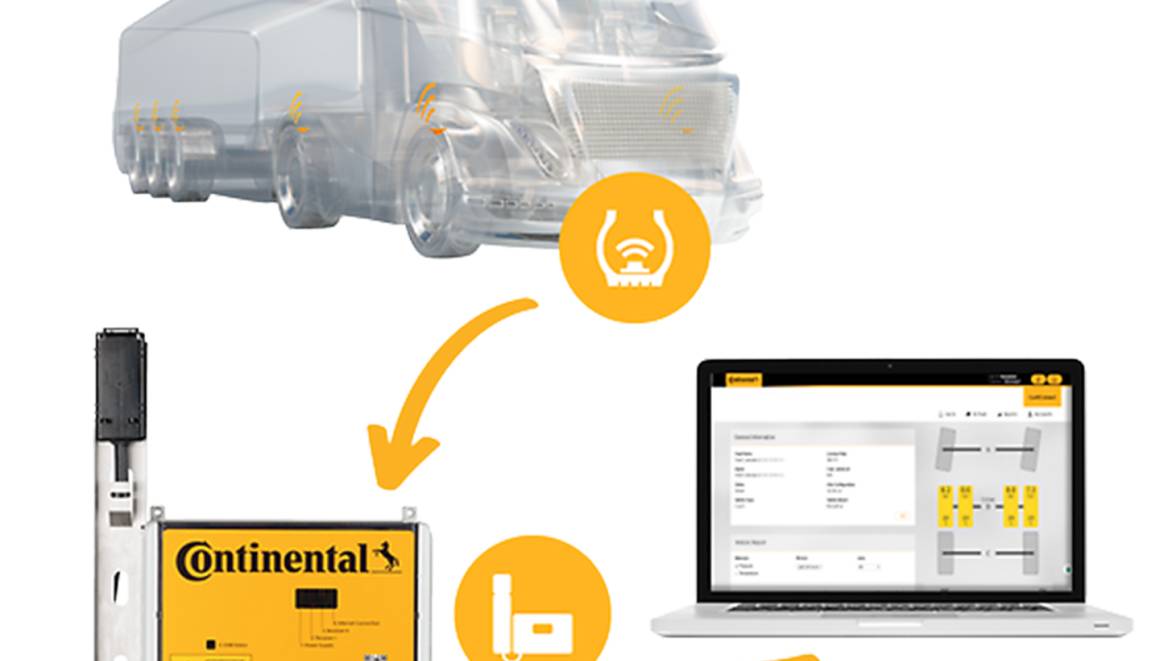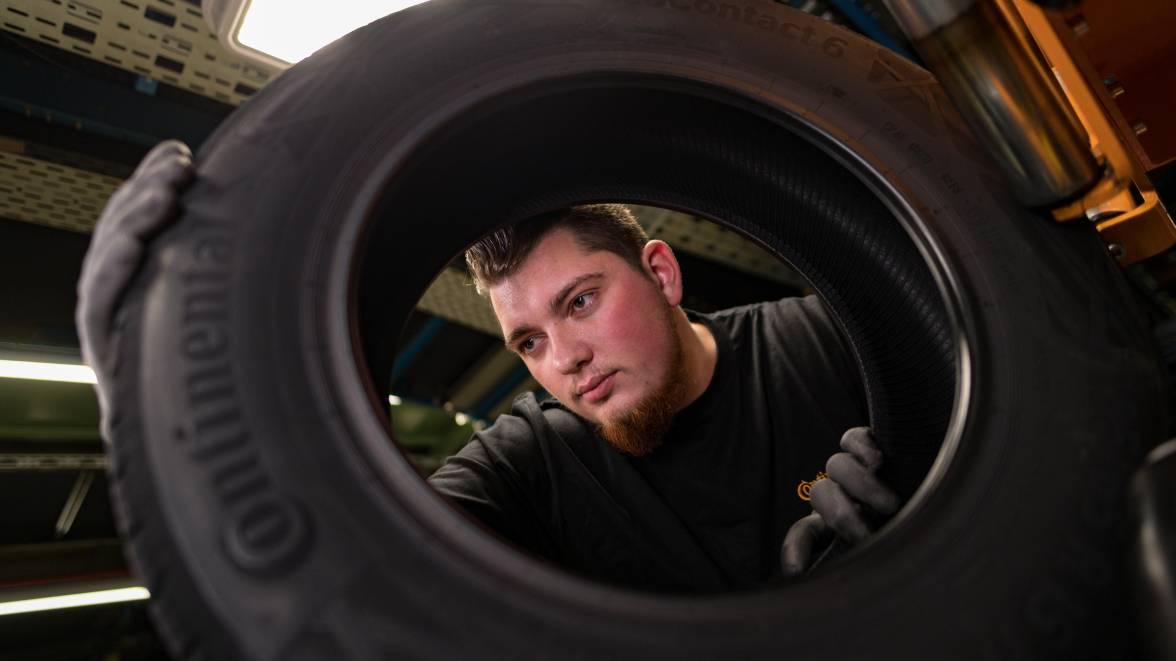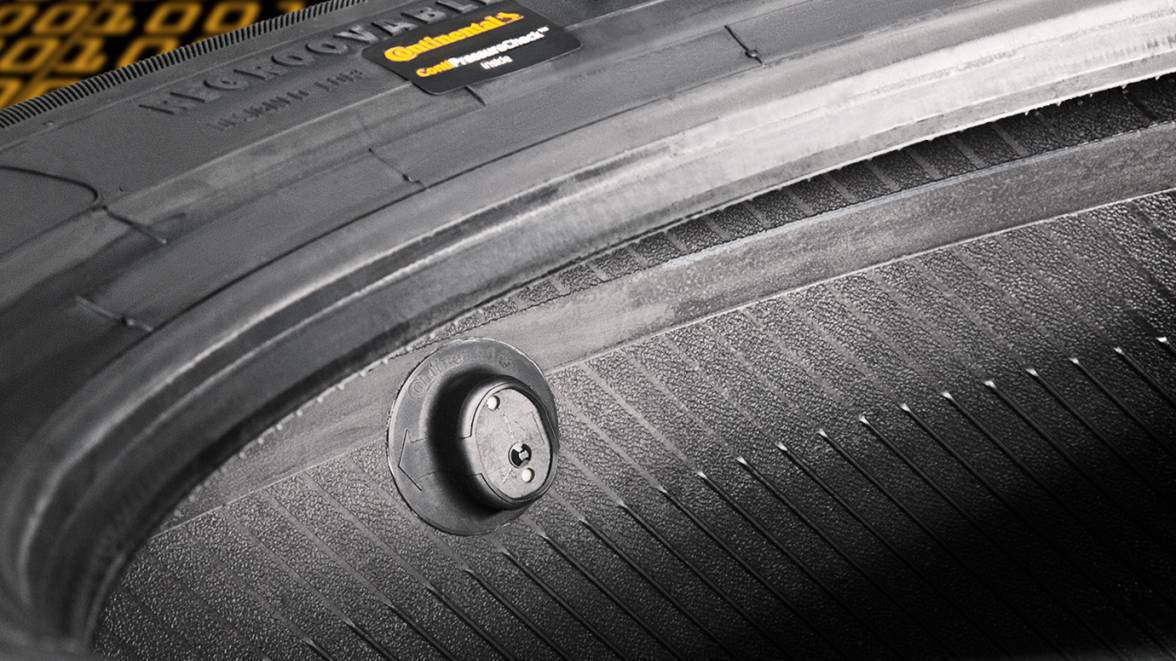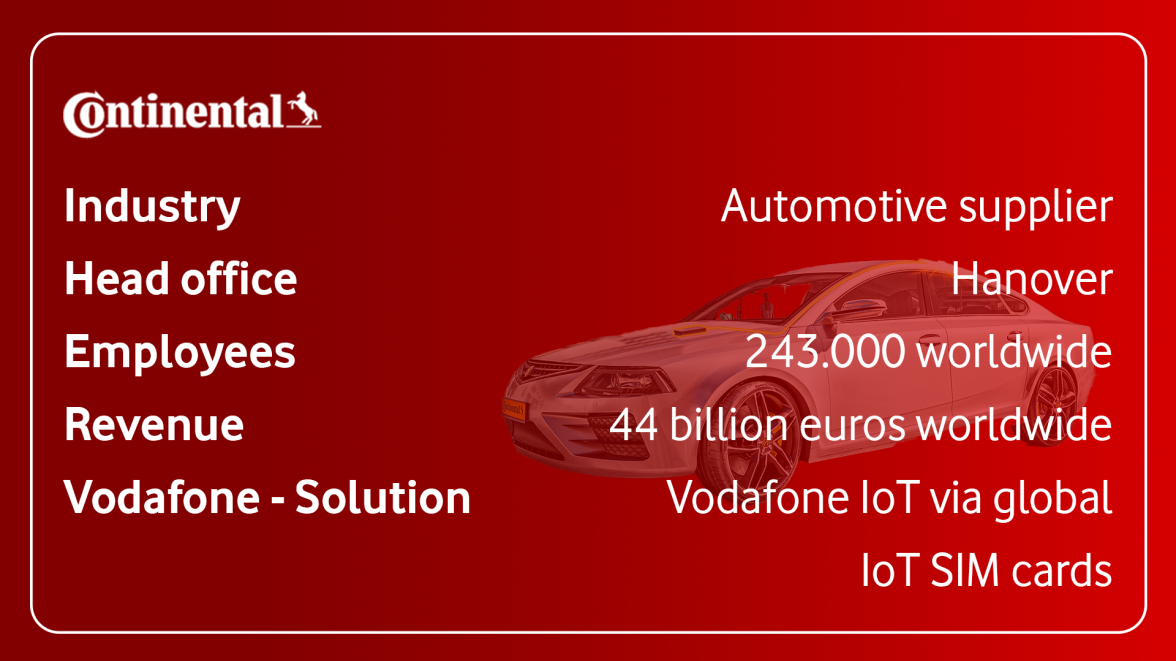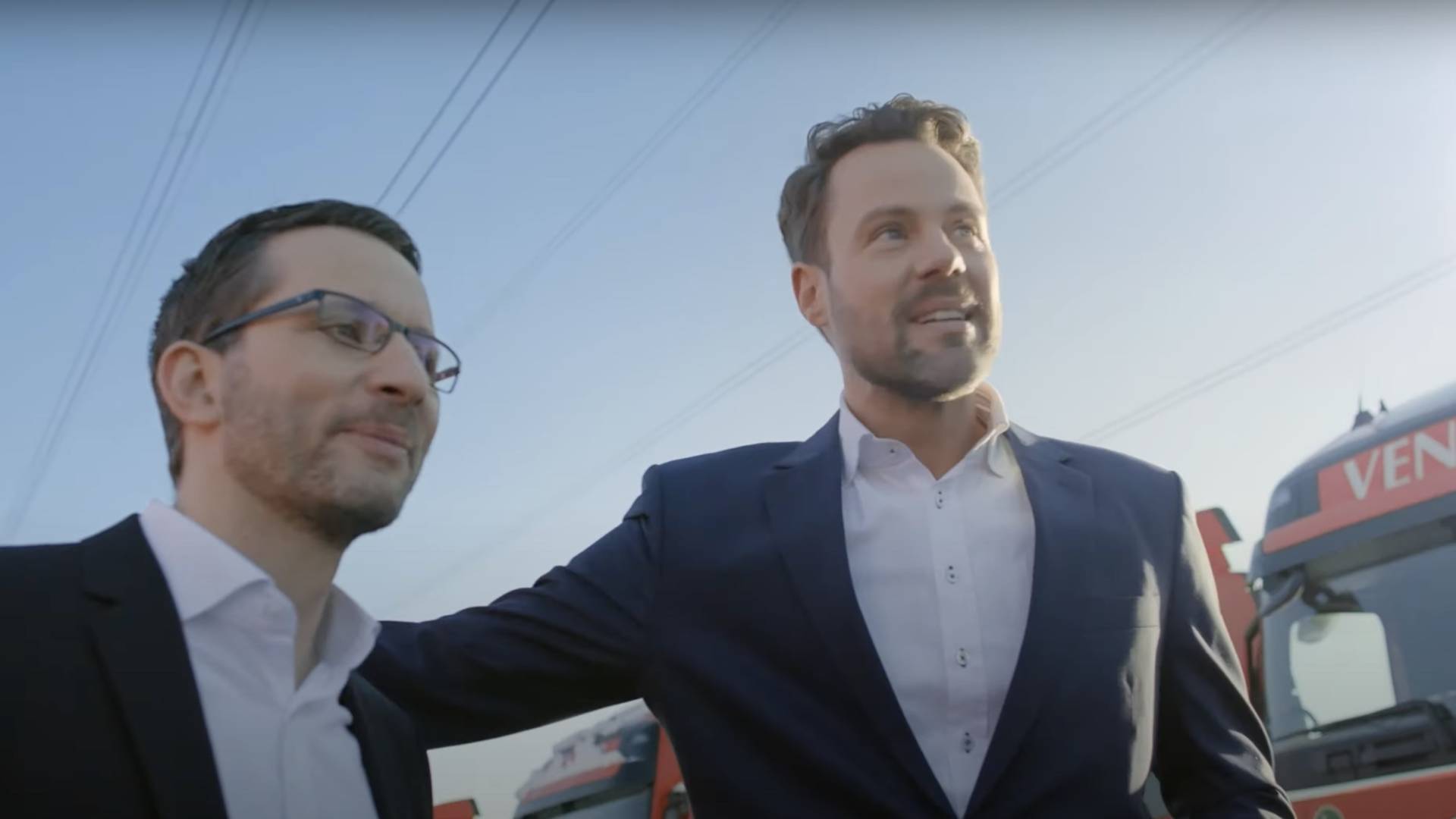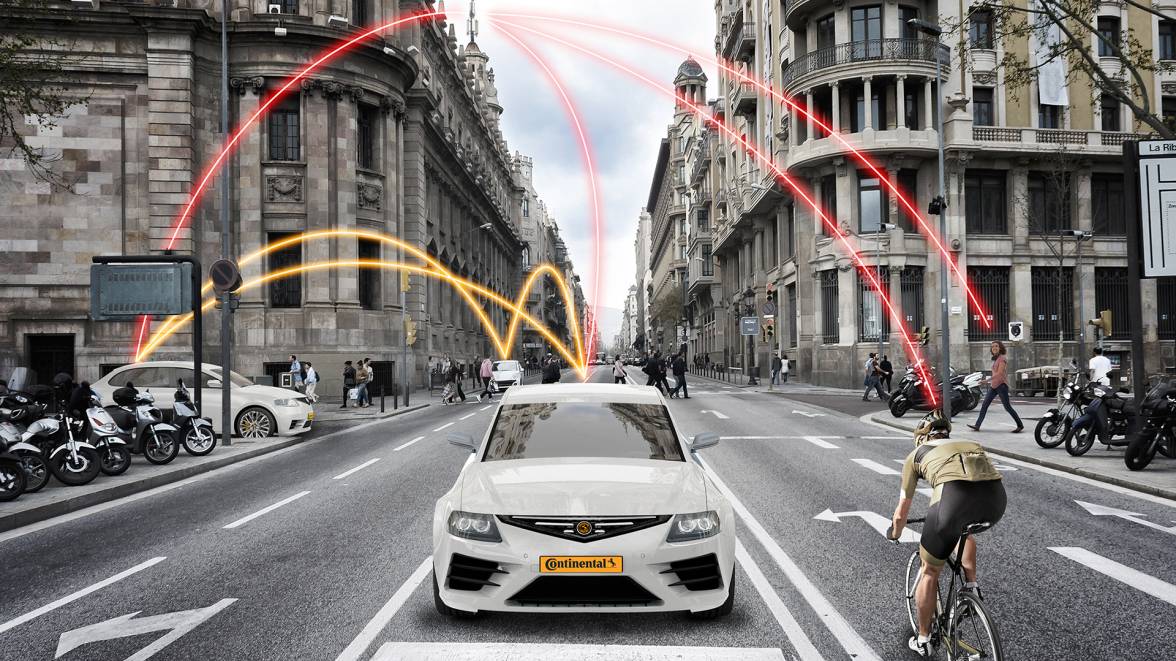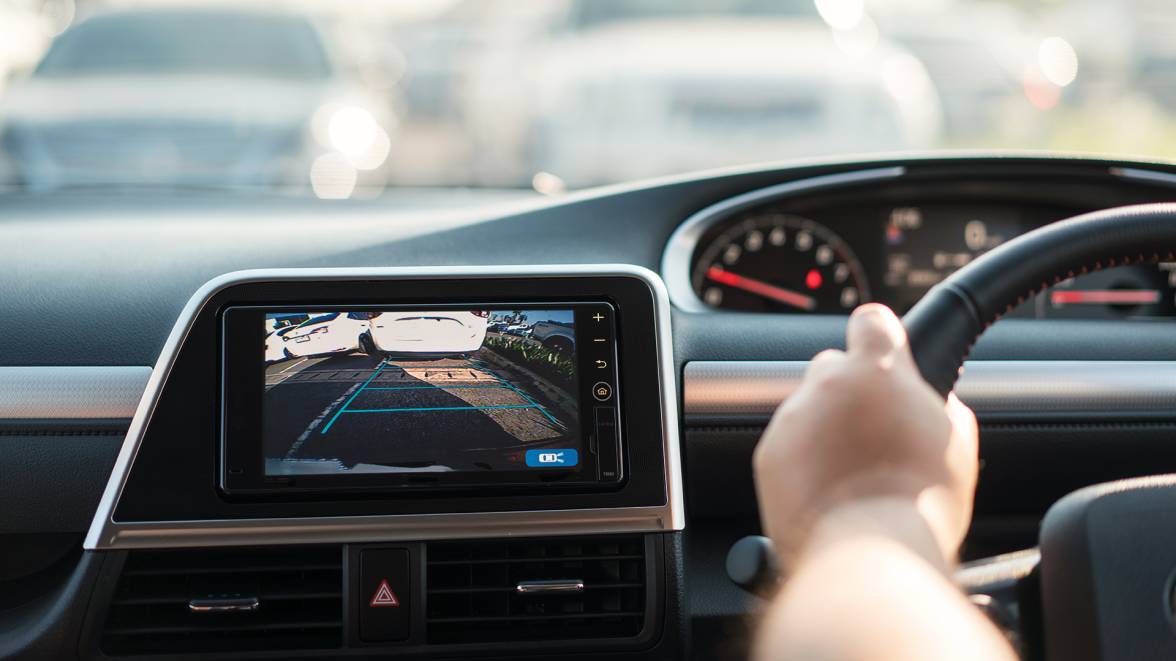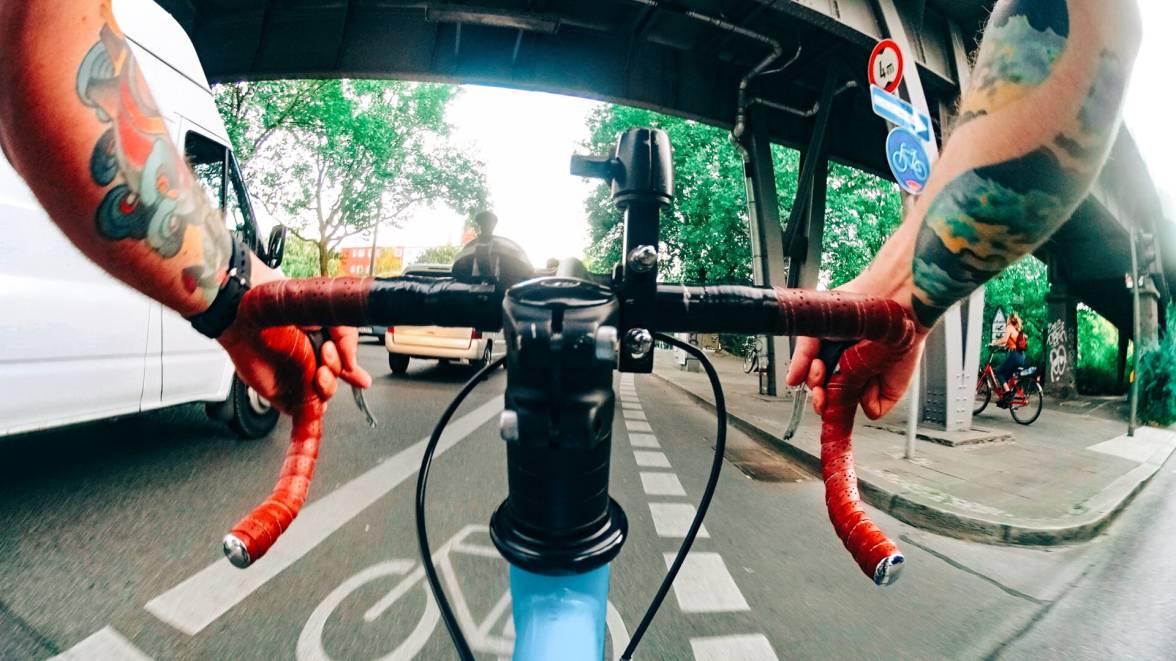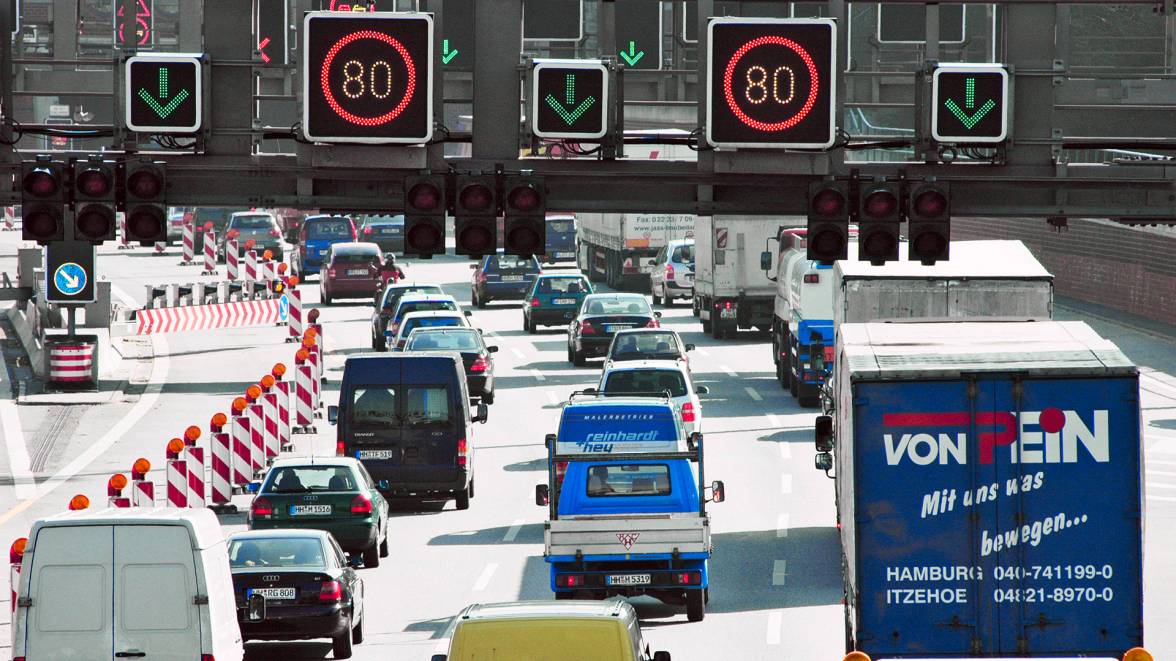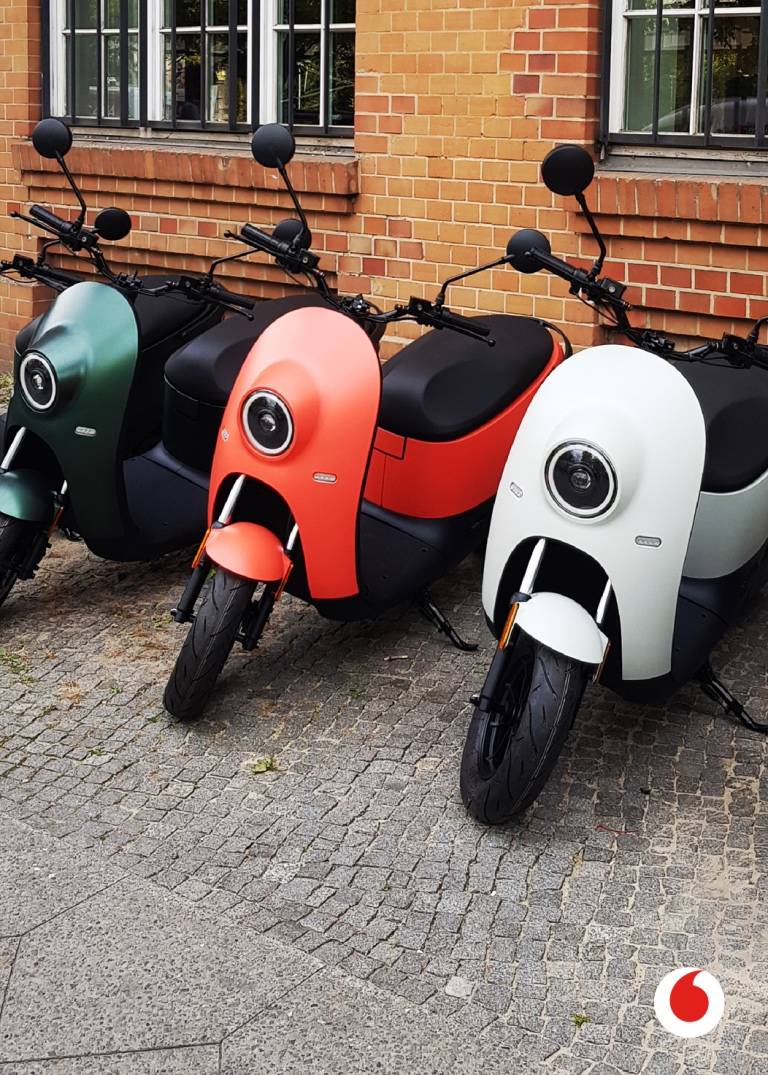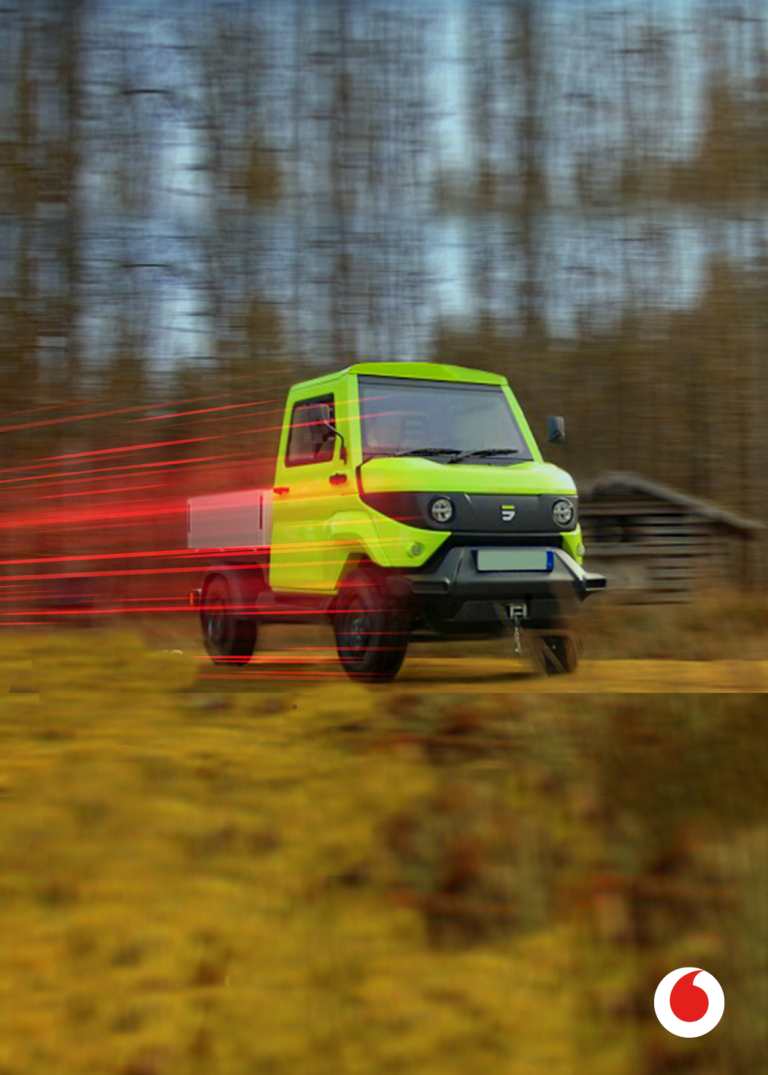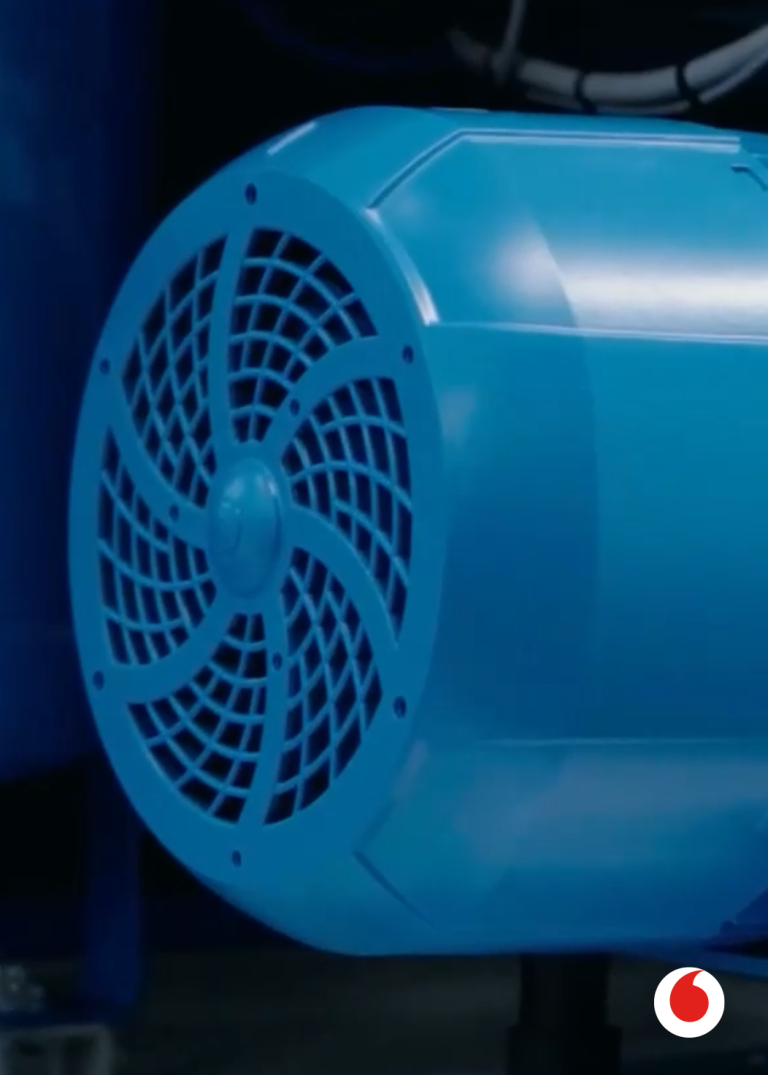When cars start to talk
Smart thanks to IoT
Smart thanks to IoT
The Continental success story
Smart tyres thanks to IoT
Technologies such as IoT, 5G, Cellular V2X and Mobile Edge Computing will increase safety and comfort in road traffic. Tyre punctures can already be prevented and accidents avoided - Continental and Vodafone show how.


This is how much a truck can save over a distance of 120,000 kilometres per year by driving with optimal tyre pressure thanks to ContiConnect and IoT.
The Challenge
Small details, big effects
Logistics companies are the circulatory system of the economy. They not only ensure that all goods are transported safely and reliably from their point of manufacture to their point of sale, but also supply manufacturing industries with the necessary machines and materials. With the boom in online trade, their area of responsibility has grown significantly once again. The lion's share of transport performance in German freight transport is still handled by trucks, accounting for almost 72% in 2022 (source: Statista) - this corresponds to over 500 billion tonne-kilometres (source: Statista).
With figures of this magnitude, small details can make a huge difference. For example, if a truck's tyres are only 80 percent inflated, it consumes around 0.9 litres more fuel per 100 kilometres. Over a distance of 120,000 kilometres per year, this corresponds to an additional consumption of 1,080 litres of fuel. Optimum tyre pressure also contributes to fuel savings and thus to a reduction in CO2 emissions.
The Company
Global player in the tyre industry
Continental is one of the largest automotive suppliers in the world. The core business of the company, which was founded in Hanover in 1871, is still tyre production. A new solution is ContiConnect, which is primarily aimed at companies such as haulage firms or public transport companies with commercial vehicle fleets. The idea is that a sensor monitors the condition of the tyres, thus preventing unnoticed pressure loss. In this way, ContiConnect users can avoid downtime, reduce expensive breakdowns and save fuel.
Continental was looking for a partner that could realise the connectivity required for the backend connection worldwide. After extensive market research and an intensive comparison of offers and services, the decision was made in favour of Vodafone.
"Vodafone's global footprint was an important reason why we chose this network operator," reports Michael Neuheisel, Head of Digital Solutions in the Continental Commercial Vehicle Tyres division. "Vodafone provides access to the Internet of Things for our ContiConnect digital tyre monitoring solution. This allows us to fully focus on the added value of tyre data to optimise all tyre-related activities and thus improve business for our customers in the transport industry."
The Solution
Tyres can also become smart
ContiConnect is based on a battery-powered sensor that is installed on the inside of every tyre in the vehicle. It can be retrofitted to existing tyres if required. It measures the current tyre pressure in the range from 0 to 12 bar and the current temperature between -40 and +120 °C. The recorded data is transmitted every two minutes via a 433 MHz radio signal. The sensor has a service life of 600,000 kilometres, or six years.
The sensor data is read out by so-called Yard Reader Stations. These can be installed in places where vehicles regularly pass by, such as car washes, company petrol stations or in the loading area. They can read the signals from the tyre sensors within a radius of around 20 metres, but the reception range can be extended using additional antennas. For smaller companies, handheld readers are available that are not only used to set up and register the sensors in the vehicles, but can also read out the data.
This is where Vodafone comes into play: Using the built-in Vodafone SIM card, the Yard Reader Station sends the data to the Continental backend via the Vodafone mobile network. The data is analysed, processed and prepared there. The customer can then receive alarm and warning messages via the ContiConnect web portal, for example by e-mail or SMS. The sensor values of all networked tyres and statistical evaluations of the entire fleet can also be displayed.
Smart tires thanks to IoT
The Advantages
At a glance
ContiConnect is a good example of how IoT can bring direct benefits for the end user. The solution offers users significant advantages thanks to better planning and longer operating times. The solution is already available around the world - in Germany as well as in other European countries, America and Asia.
Robust tyre sensors
communicate with the backend via Yard Reader Station
Quick and easy commissioning
of readout hardware and tyre sensors by the customer
Fuel savings and other benefits,
such as increased uptime, reduced downtime and increased safety
Comprehensive alerting and analysis features
including email and SMS notification
5 questions for ...
5 questions for S.O.Wilkening and M.Bösinger
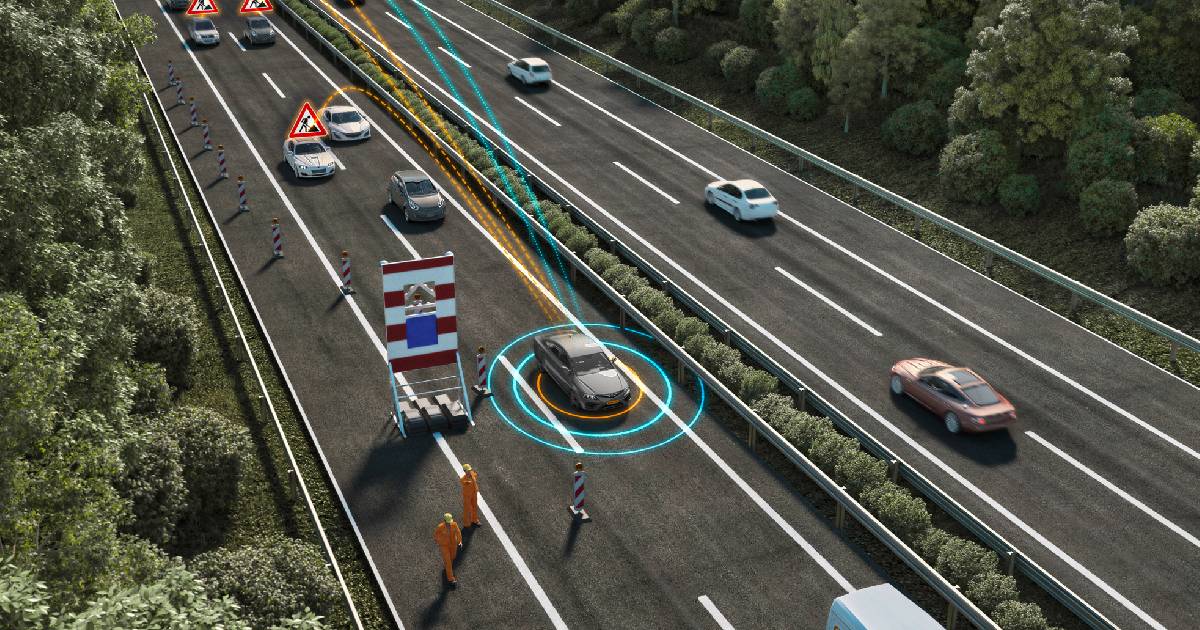
5 questions for S.O.Wilkening and M.Bösinger
How V2X increases safety on the roads
What can Cellular Vehicle-to-Everything (C-V2X) do and what will change for drivers with the new technology? Sten-Olaf Wilkening from Continental and Michael Bösinger from Vodafone reveal the answers in this interview.
What exactly is V2X?
Sten-Olaf Wilkening: V2X is a technology that enables vehicles to communicate with each other as well as with other road users and the road infrastructure.
This works either as ad-hoc communication via a direct connection or via the mobile phone network. For the second variant, a V2X server is also required to control communication between the players involved.
What influence does the 5G mobile communications standard have on V2X?
Sten-Olaf Wilkening: 5G will have a massive impact on the mobility of the future. It will make it possible to analyse large volumes of data from connected cars extremely quickly. This technology already exists to some extent in the 4G network, but 5G will make it much more powerful.
Another exciting application is "see-through": for example, the camera image of the vehicle in front is transmitted before overtaking in order to recognise oncoming traffic at an early stage - as if you were looking through the vehicle in front. This is one of the exciting new functions made possible by the very short latency and high bandwidth of 5G.
A future without traffic jams?
Which technologies can already be used today?
Sten-Olaf Wilkening: Information is already being exchanged via the mobile phone network. When it comes to communicating traffic light phases, for example, LTE is sufficient, as this process is rather slow and regular. The same applies to roadworks, which can be recorded in the map system so that the navigation system in the car can adapt the route accordingly in advance.
If an accident occurs, it is possible to send a rescue lane warning to the cars behind so that the emergency services can get to the scene much more quickly. The simplest case, which already exists on the market, is the bad weather warning: if the sensor system of a vehicle in front detects heavy rain, black ice or similar somewhere, the drivers behind are warned.
Michael Bösinger: What is very important is that the various systems must be compatible with each other. The industry is currently working on this. There is a working group on this topic called 5GAA, 5G Automotive Association. This is an international forum that is not only concerned with harmonising the technology so that it is compatible worldwide, but also with how to translate these developments into business models in order to finance the new technology.
Of course, the primary goal of V2X is to improve safety.

Michael Bösinger
Head of Technology Innovation Development & Projects at Vodafone
Is the concern that all this technology will make driving terribly complicated justified?
Sten-Olaf Wilkening: That's exactly our job: to ensure that it doesn't become more complicated, but simpler. Drivers today already use navigation and wing mirrors to find their way around traffic - in future, for example, a warning will appear in the head-up display if there is a cyclist in the blind spot.
Michael Bösinger: Of course, the primary goal of V2X is to increase safety. With some of the new safety functions, however, you can see that they take some getting used to and are difficult to operate. But perhaps people will find it easier to access them via functions that initially increase convenience: For example, there will be V2X-based traffic light phase displays in the vehicle that provide information on the remaining time of a red phase, for example, or show the optimum speed to reach the next traffic light on green. If you have more information about what is going on around you, you can adapt your driving behaviour accordingly and drive more relaxed. The same applies to navigation systems: These become much more reliable with V2X.
That's exactly our job: to ensure that V2X doesn't make things more complicated for drivers, but simpler.

Sten-Olaf Wilkening
Director of Innovation & Communication, Continental
V2X will also utilise artificial intelligence. Can you tell us how it will be used in practice?
Michael Bösinger: Let's imagine an intersection: On the one hand, road users send images from their built-in cameras to an edge cloud; on the other hand, in future there will also be permanently installed cameras at the junction that view the traffic situation from a different perspective. The aim is to filter out only the information that is relevant to drivers from all these images. This is where artificial intelligence comes into play in the Edge Cloud: it filters the information, categorises it and sends only the information that is relevant to the road user.
Sten-Olaf Wilkening: We believe that 5G is a very exciting technology because we realise that we only have limited computing power available in the car. However, if we want to perform complex functions such as image analysis processes using artificial intelligence, we can't do this in real time in the car. The Mobile Edge Cloud solves this problem. The essential information is processed there and then sent back to the car, which can react extremely quickly. This technology will enable us to develop further innovative functions for V2X in the future.
V2X will also utilise artificial intelligence. Can you tell us how it will be used in practice?
Michael Bösinger: Let's imagine an intersection: On the one hand, road users send images from their built-in cameras to an edge cloud; on the other hand, in future there will also be permanently installed cameras at the junction that view the traffic situation from a different perspective. The aim is to filter out only the information that is relevant to drivers from all these images. This is where artificial intelligence comes into play in the Edge Cloud: it filters the information, categorises it and sends only the information that is relevant to the road user.
Sten-Olaf Wilkening: We believe that 5G is a very exciting technology because we realise that we only have limited computing power available in the car. However, if we want to perform complex functions such as image analysis processes using artificial intelligence, we can't do this in real time in the car. The Mobile Edge Cloud solves this problem. The essential information is processed there and then sent back to the car, which can react extremely quickly. This technology will enable us to develop further innovative functions for V2X in the future.
The digital shield
World without traffic accidents
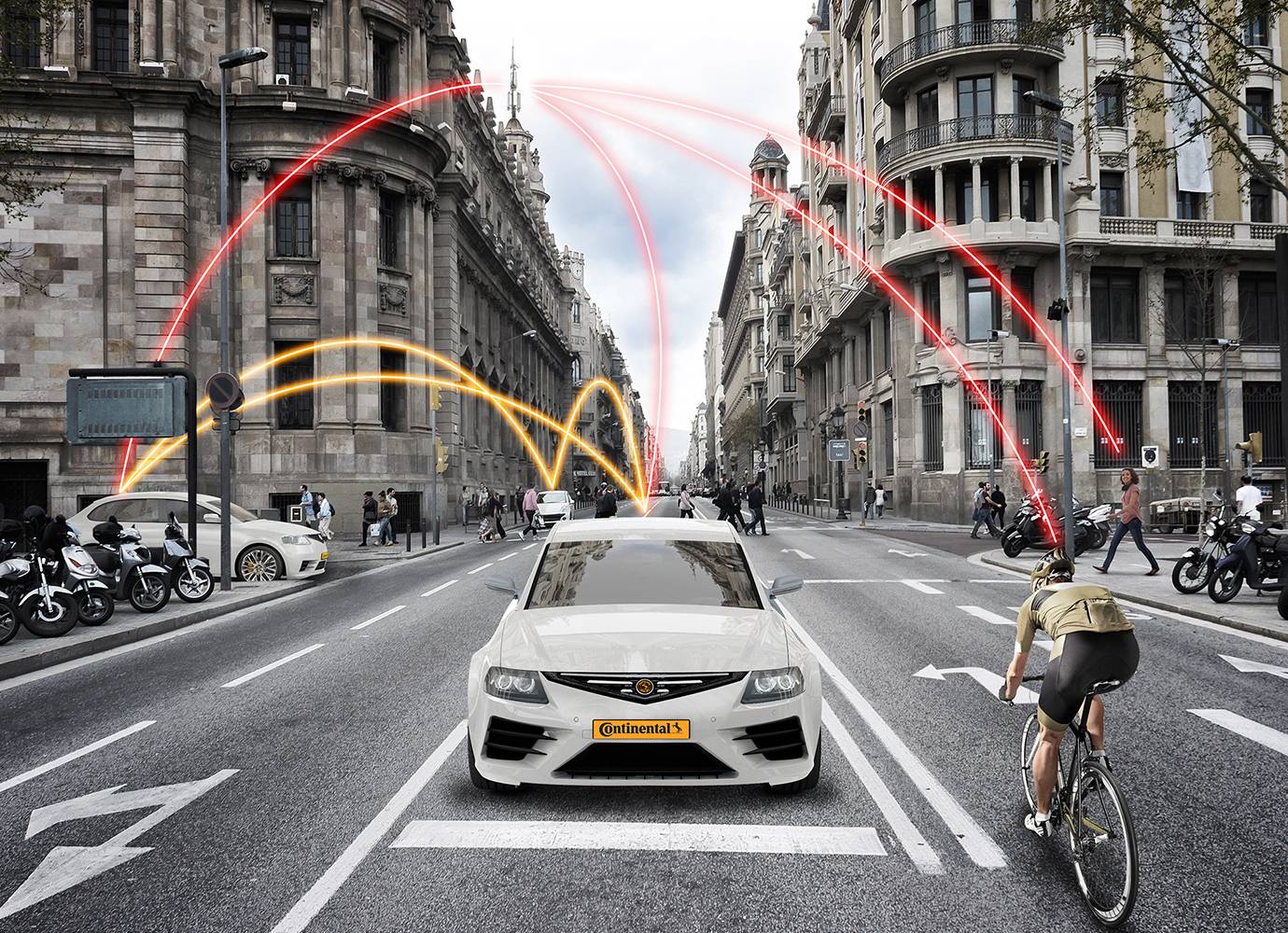
A world without traffic accidents?
A digital shield for everyone
The mobility sector is undergoing radical change: the industry is currently undergoing its most radical reorganisation since the introduction of the automobile. Whether electric cars, autonomous vehicles, sharing services or flying taxis - everything seems possible.
Vodafone and Continental are playing a pioneering role in this process. The two companies announced a far-reaching cooperation in 2018 to increase road safety and utilise the full potential of technologies such as 5G and V2X. The background: although the number of road deaths has been falling for years thanks to ever-improving safety and assistance systems, the number of road accidents is increasing. Vulnerable road users such as cyclists and pedestrians are particularly affected.
Vodafone and Continental now want to change this - by using state-of-the-art communication technologies such as 5G, Cellular Vehicle-to-Everything (C-V2X) and Mobile Edge Computing (MEC), which enable all road users to be networked in real time and enormous amounts of data to be analysed by AI. All vehicles are equipped with sensors and cameras that constantly monitor their surroundings and can detect hazards in fractions of a second.
The application scenario envisages equipping all road users with a communication module. Cyclists and pedestrians, for example, use their smartphones, while cars use a special V2X module. At the same time, the network is upgraded with corresponding MEC capabilities (e.g. geo-messaging server and edge cloud computing environment).
Road users exchange their position and direction of travel via a mobile phone network base station. If the system detects that the paths are crossing dangerously, those affected are warned. This system is also able, for example, to warn drivers of other road users who are in the so-called "blind spot" and can therefore prevent dangerous accidents.
Cameras installed in the vehicle and artificial intelligence on the network side (mobile edge computing), which can recognise and interpret the intentions of pedestrians and cyclists, also provide greater protection for pedestrians and cyclists. For example, a vehicle can recognise a child suddenly running after a ball on the road and react accordingly.
In order for this to happen, the resulting data requires not only intelligent analysis but also lightning-fast transmission in the millisecond range. This is achieved through the use of 5G technology and mobile edge computing. 5G data centres with extremely short access times are positioned near the mobile phone masts to enable the masses of data to be evaluated by artificial intelligence almost in real time.
In the future, these technologies will complement each other perfectly in road traffic to enable time-critical communication between vehicles - bringing us a significant step closer to the vision of a world without road accidents and traffic jams.

